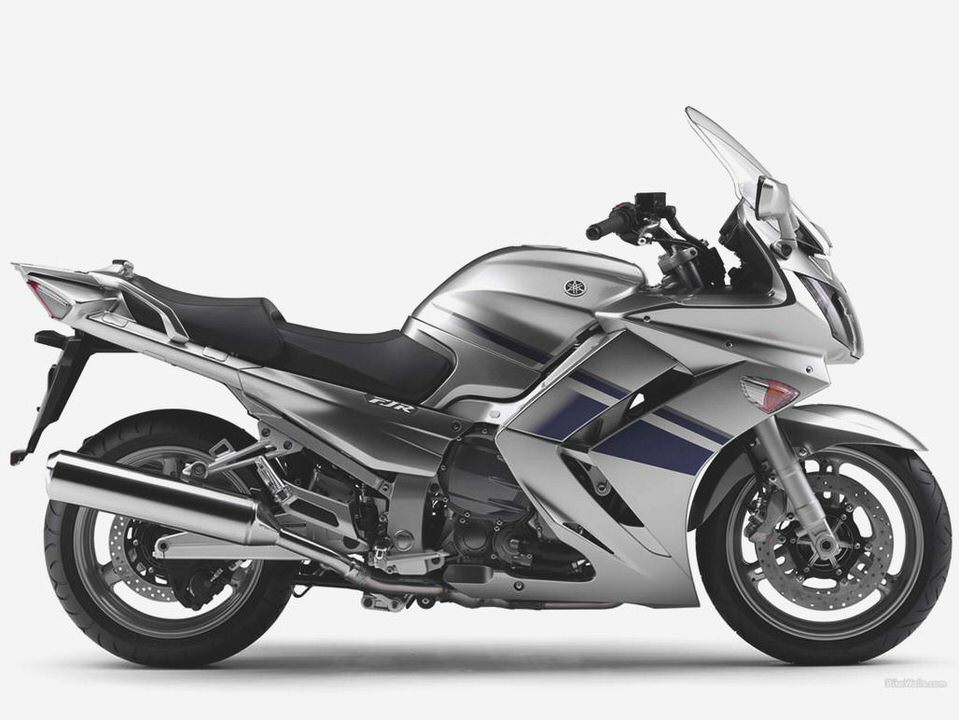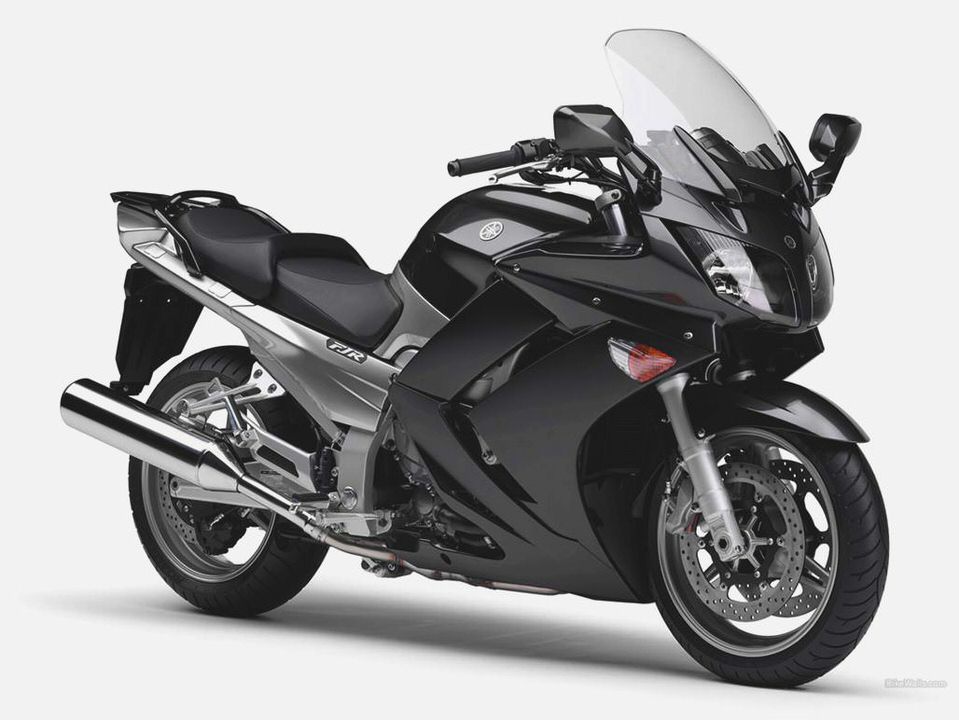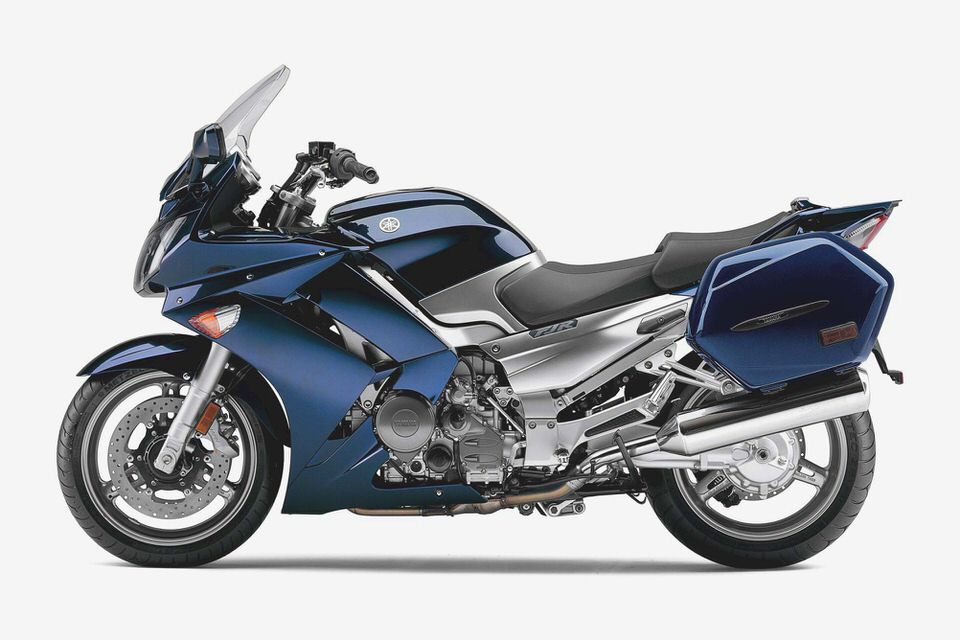Yamaha’s beloved sport-tourer finally gets an update
Photos by Brian J. Nelson
I last remember riding Yamaha ’s FJR1300 approximately four years ago, and I was impressed by its power, comfort, and touring abilities. But I remember thinking: “You mean this bike hasn’t had an overhaul since it was first introduced in the States five years ago (2003)?”
Four years on and it’s even more surprising Yamaha has kept the venerable FJR relatively unchanged all this time. Now, with mounting pressure from the Kawasaki Concours 14. Triumph Trophy.
BMW K1600 and others, the Tuning Fork company realized it couldn’t keep its hands in its pockets any longer. Meet the 2013 Yamaha FJR1300A.
More Than Skin Deep
First in Yamaha’s list of changes is the switch to Yamaha’s Chip Controlled Throttle (YCC-T), or throttle-by-wire in layman’s terms. The switch allows more precise throttle response and a lighter throttle effort for the rider.
More importantly, YCC-T facilitates the implementation of three features becoming more prevalent in the sport-touring category: traction control, drive modes (or D-Modes in Yamaha vernacular) and cruise control. The two position (on or off) traction control utilizes wheel-speed, throttle and gear-position sensors. Should intervention be needed, the system responds by cutting ignition, fuel and closing the throttle valves, or some combination of the three.
The two-position (Sport or Touring) Drive mode doesn’t change peak power, but Touring mode softens the power delivery, especially during the first quarter turn. Sport, then, keeps power delivery sharp at all times. Cruise control works much as it does in cars.
It can only be activated in the upper three gears (third, fourth and fifth), with all the adjustments done via large buttons on the left switchgear.
Engine internals are largely the same as before, with a few notable changes. The engine now sees sleeveless cylinders and low-friction piston rings. EFI mapping has been tweaked, and the exhaust now sees a reduction to two catalyzers from four, located just underneath the engine, helping weight centralization.
These minor changes account for a 3-hp bump according to Yamaha.

There are still only five gears in the cog box, but Yamaha has employed a new machining method for the gears along with a new shift shaft. Together, they provide for a smoother shifting experience. Shaft drive transfers power to the rear wheel in a virtually maintenance-free manner.
Not much has changed with the chassis either. The frame remains the same, though a new 48mm fully adjustable conventional fork now features compression and rebound damping controlled from the right fork leg. Dual-rate springs are slightly stiffer than before, and the rear shock is also marginally stiffer to maintain balance with the front end.
At first glance you might think these photos are of the old FJR, and if you were to look at the rear of the bike you’d be right, as the area behind the seat hasn’t changed. However, the ’13 model has received subtle but significant changes throughout.
The fairing has received a facelift to better replicate the forward “lunging” appearance of the YZF-R6. A bolt-less upper fairing looks cleaner and more streamlined. Windshield shape has been revised and utilizes only two rails compared to four before.
The new windscreen motor is now twice as fast as its predecessor.
There’s a new, sleeker headlight cowling with LED position lights, and new integrated LED turn signals.
Almost 400 Miles Later



- Yamaha BT1100-2004 BT 1100-2004 manual, review
- Yamaha Zuma The World of Scooters
- Yamaha Yz85 Torque Specs eHow
- Yamaha FZ 16 in India – Analysis Automobz.com’s Official…
- 2009 Yamaha YZF-R6S motorcycle review @ Top Speed
